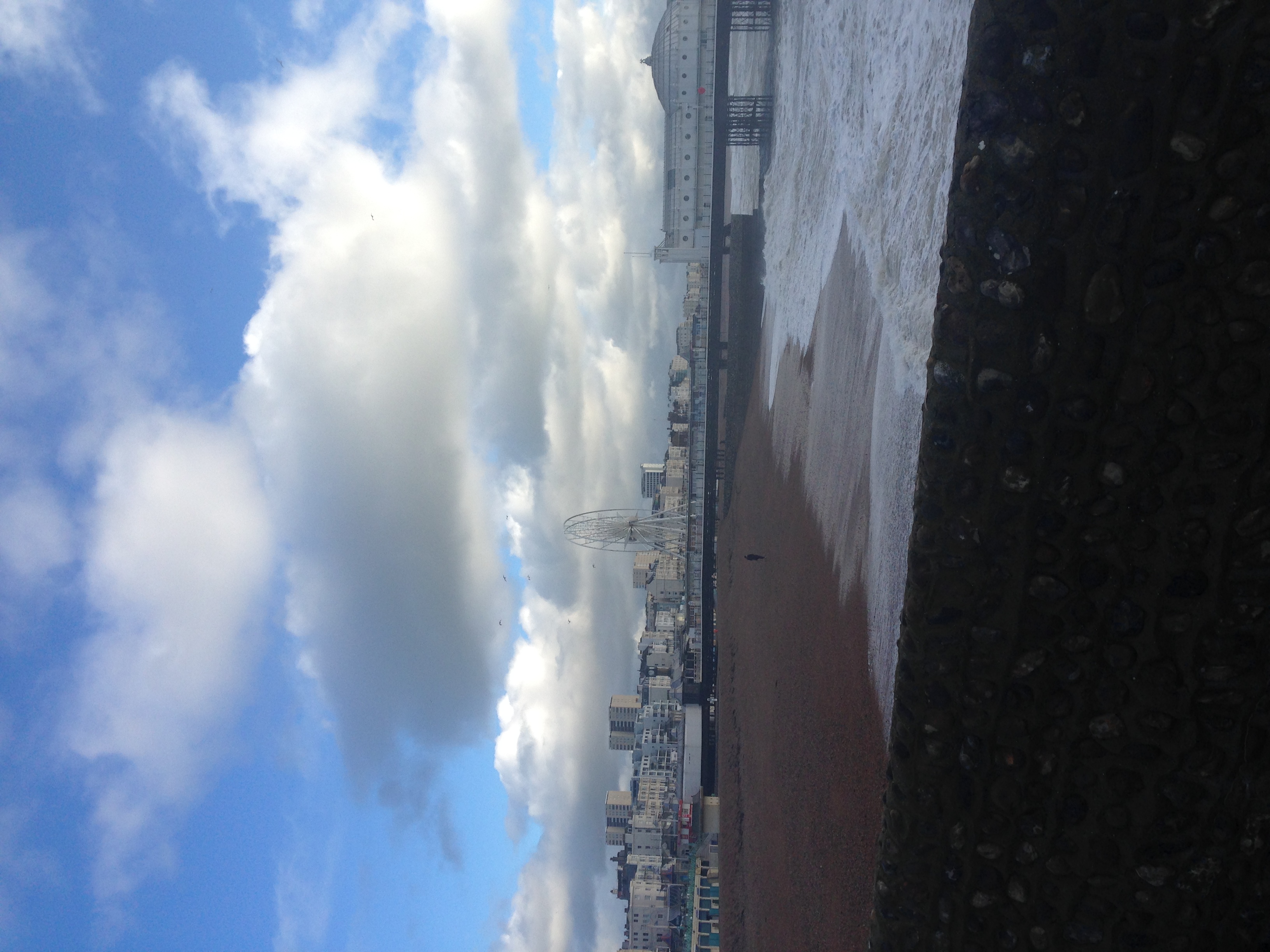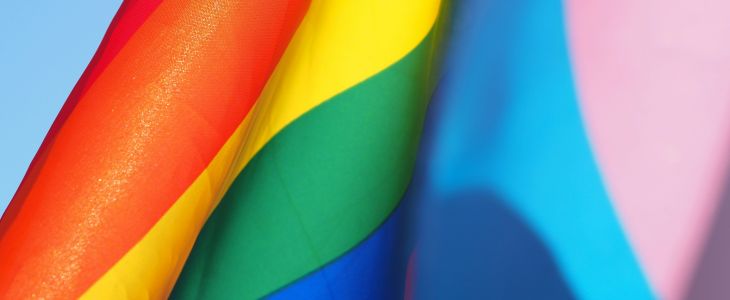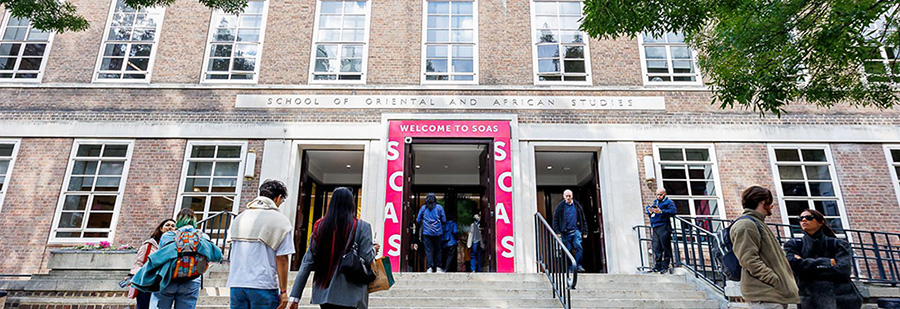Updated 18 July 2024 by Advisor Brittany.
Going to the cottage is a way of life across Canada. We even have different names for this activity depending on where you live! Whether you go to the cottage, to camp, to the lake, to the cabin, or to the bungalow, chances are you’ve experienced this favourite pastime with your own family or friends. Essentially, we just love a chance to get out of the city and relax in the wilderness!
If you’re studying in the UK for an extended period of time, you might feel disappointed that you’re potentially missing out on cottage season. Don't fear! I’ve collected a number of experiences across the UK to help you get a similar taste of “the cottage life” while you’re away from your own!
What is your favourite way to unwind at the cottage?
FEET IN THE SAND
Being located on an island does have its advantages – one of many being accessible beaches. No matter where you’re planning to study, you’re likely close to some great sandy beaches that will help you get that cottage feeling while you’re away from Canada.

Close to the capital? Try Brighton!
Located on South-East coast and easily accessibly by train, Brighton is a seaside city with sand, sun and the famous Brighton Palace Pier. If your cottage mood is sitting on the beach, reading, enjoying the sand, and taking in the ocean waves, this is sure to satisfy your craving while also providing an extra dose of fun activities close by.
Landscape view of Brighton beach, with sand on the left, water on the right, and Brighton Palace Pier in the distance.
Want to treat yourself to a holiday fit for a Brit? Try Cornwall!
If picture-perfect beaches are more your aesthetic, Cornwall is not likely to disappoint. Cornwall’s coastline stretches over 250 miles!
There are no shortages of quaint bed and breakfasts here, so if you’re in the mood to relax and explore villages by the sea, this could be perfect for you.
Explore these beautiful locations here.

More of a lake person? Try Scotland!
Scotland's beaches can please any style of cottage goer, whether you want to surf in Aberdeen, camp on the shores of Loch Ness, or walk along the pier in Portobello. There are so many shores, but sometimes you need to search for the truly amazing beaches to spend those rare sunny days at!
Scotland has more than 30,000 freshwater lakes! With this many lakes, you can get that lake feel while surrounded by mountains. If you want a more traditional beach, check out the islands! Isle of Lewis and Isle of Harris have some of the most beautiful beaches; if you go to the west coast, there is nothing between you and Canada. If you are brave, you can even swim (though you may be a bit cold!).
You’ll definitely find some places to rival your favourite Canadian spots!
Did you know? The word ‘loch’ is a Gaelic word meaning lake or body of water that is surrounded by land.
BY THE BONFIRE
Did you know? A staple ingredient for s’mores (the graham cracker) isn’t available in the UK! Instead, those wishing to make this dish need to get creative – using digestive crackers/biscuits in place of a graham cracker.
Not having graham crackers readily available hasn’t stopped some restaurants from creating unique marshmallow and chocolate pairings though. Especially in London, one of the world’s leading food scenes. If you want to experience some great takes on a cottage classic, check out these locations, recommended by advisor Brittany:
Chin Chin Labs – This experimental ice cream hot spot is located in Camden, London. Their signature hot chocolate is a fan favourite with toasted marshmallow on top of rich hot chocolate.
Find them on Instagram: @chinchinicecream
 Mr. Bao – This restaurant, located in Peckham, London, is known for its delicious Taiwanese steamed buns (worth the trip alone). Occasionally they serve dessert Baos that pair marshmallow and chocolate in a way that you’ll dream about for years to come. The combination of fluffy steamed bun meeting chocolate and marshmallow will bring you right back to a summer bonfire.
Mr. Bao – This restaurant, located in Peckham, London, is known for its delicious Taiwanese steamed buns (worth the trip alone). Occasionally they serve dessert Baos that pair marshmallow and chocolate in a way that you’ll dream about for years to come. The combination of fluffy steamed bun meeting chocolate and marshmallow will bring you right back to a summer bonfire.
Keep an eye on their Instagram: @mrbaouk and see if/when this summer favourite comes back.
In the meantime: Chin Chin Labs announced a new (summer 2024) collaborative dessert with another London favourite BAO (@bao_london)! The new dessert (called the BAO-Noffee) is a fun take on banoffee and served in the signature BAO steam bun. This will likely be a limited time offer so get them while they're available!
More of an ice cream fan? Check out Advisor Lauren’s top picks for ice cream in the UK!
ON THE WATER
If you’re not located near the coastline, you might be keen to get on a boat and experience the sounds of the water. Even in the city, there are many ways to get on the water for a little slice of that cottage feeling.
Go punting in Cambridge!
This might give you more “Venice” vibes, but punting around the canals in Cambridge is a great way to get on the water with minimal effort on your part. Sit back and enjoy the views of this world-famous university while listening to the history of the different buildings.
Note: the cost of this activity will range depending on where you go, but you can experience this for as low as £5
Rent a pedal boat in one of the Royal Parks in London!
If you’re located in the capital, you can rent a pedal boat in Hyde Park or Regent’s Park. It’s great exercise, and you’ll usually find some Canadian geese to float amongst, which should make you feel right at home.
Note: Cost and availability for this activity will vary.
Take the River Bus in London!
If you need to get across London, and you want a change from the crowded tube, try taking the River Bus. You can access these buses using your Oyster Card and cruise down the Thames.
For more information, visit the Transport for London (TFL) website.
Note: Make sure you ‘top up’ your Oyster card first – these fares are typically higher than the normal bus or tube fare.
Visit a pub with a view!
There is no shortage of pubs with a great view in the UK. Even in London it is possible to find serene river views that bring you back to a cozy cottage environment. Pair with a pitcher of PIMM’s for the full experience!
We hope you loved this blog post! If you did, stay tuned for PART II!
Feel free to contact one of our Advisors to learn more about studying in the UK!

 Also look at what the university has in terms of facilities for your degree, especially if you’re studying something practice based. If you’re interested in Fine Art for example, find out if the university you’ve chosen has a set up for your chosen medium and access to the materials and tools you need to succeed. For this, an arts based school would be a great choice! They have campus buildings dedicated to every major they have, with top of the line equipment to help you succeed
Also look at what the university has in terms of facilities for your degree, especially if you’re studying something practice based. If you’re interested in Fine Art for example, find out if the university you’ve chosen has a set up for your chosen medium and access to the materials and tools you need to succeed. For this, an arts based school would be a great choice! They have campus buildings dedicated to every major they have, with top of the line equipment to help you succeed

 Richmond Park (located in Richmond upon Thames) was originally created in the early 17th century by Charles I as “
Richmond Park (located in Richmond upon Thames) was originally created in the early 17th century by Charles I as “




 Mr. Bao – This restaurant, located in Peckham, London, is known for its delicious Taiwanese steamed buns (worth the trip alone). Occasionally they serve dessert Baos that pair marshmallow and chocolate in a way that you’ll dream about for years to come. The combination of fluffy steamed bun meeting chocolate and marshmallow will bring you right back to a summer bonfire.
Mr. Bao – This restaurant, located in Peckham, London, is known for its delicious Taiwanese steamed buns (worth the trip alone). Occasionally they serve dessert Baos that pair marshmallow and chocolate in a way that you’ll dream about for years to come. The combination of fluffy steamed bun meeting chocolate and marshmallow will bring you right back to a summer bonfire.


